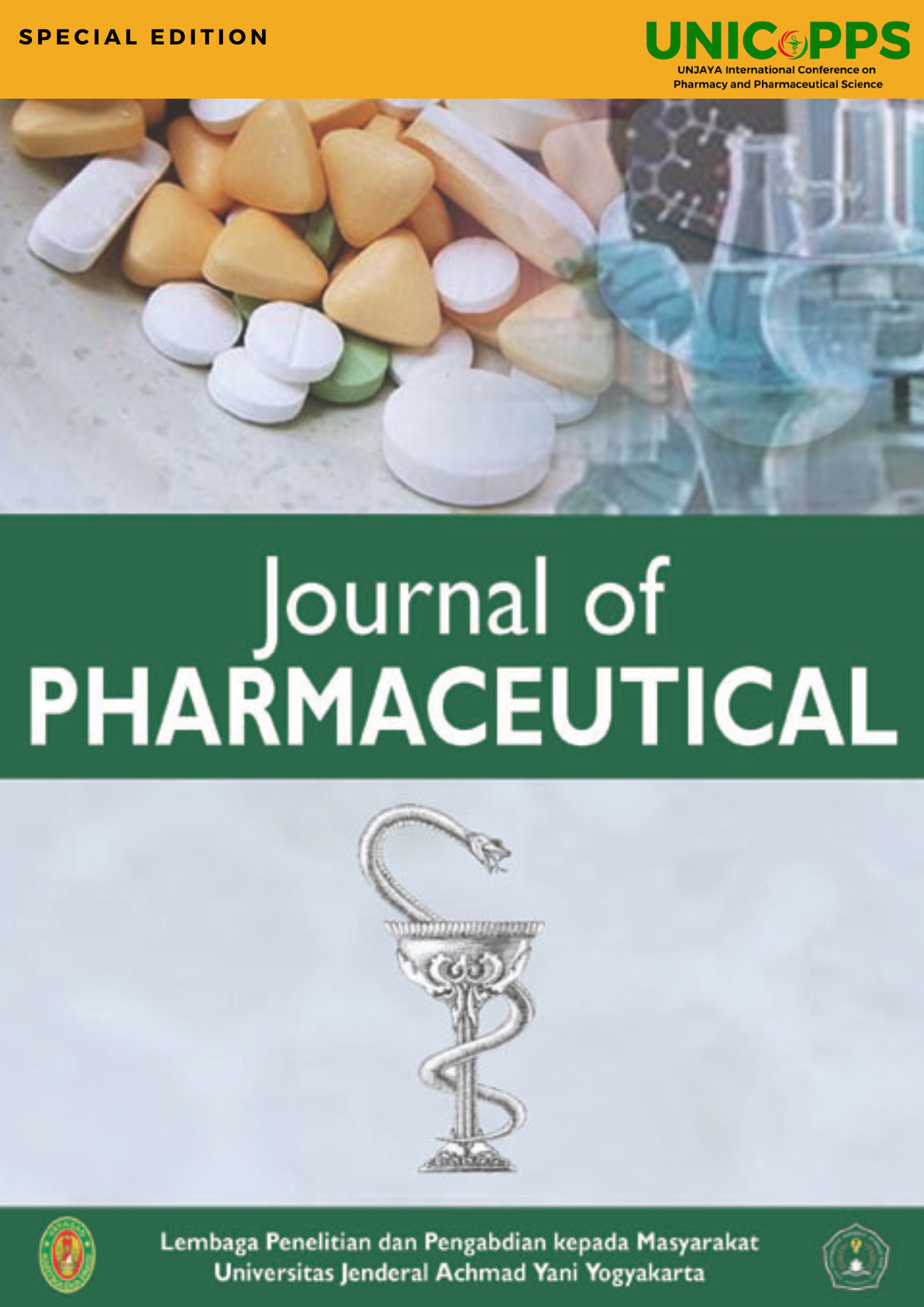Laporan kasus: Tata laksana terapi sirosis hepatik pada pasien geriatri
DOI:
https://doi.org/10.30989/jop.v2i2,%20Special%20Edition.1466Keywords:
Laporan Kasus, Sirosis hepatik, GeriatriAbstract
Background: Cirrhosis Hepatic is a late-stage liver disease that can be caused by various causes, including metabolic disorders or ongoing hepatitis B and hepatitis C virus infections, auto-immune, alcohol consumption, fatty liver or other diseases that cause bile duct obstruction, and genetics. Cirrhosis of the liver is irreversible or cannot be cured which ends with a liver transplant, the treatment is only done to treat complications.
Objective: Provides details about the patient's condition, diagnosis, treatment, and results obtained so that it can be used as a reference for providing therapy to geriatric patients diagnosed with hepatic cirrhosis.
Method: This study is a case report that occurred in a hospital X in the city of Semarang. Case data were collected through various methods, such as interviews, observations, documentation, and patient visits. All patient-related data were recorded and comprehensively assessed to see the suitability of therapy for patients by comparing it with existing literature.
Result: The patient received treatment, namely 25% albumin infusion 100 ml every 24 hours, ampicillin sulbactam injection 1 g/0.5 g every 12 hours, spironolactone tablets 100 mg every 24 hours, N-acetylcysteine ??200 mg every 8 hours, ursodeoxycholic acid capsules 250 mg every 12 hours, slow-release morphine tablets 10 mg every 24 hours.
Conclusion: In this case, the treatment given is in accordance with the patient's condition, but there are several things that must be considered regarding the dosage of slow-release morphine tablets. In elderly patients, in addition to patient treatment, patients also need to undergo a comprehensive geriatric assessment to improve the success of therapy and the patient's quality of life.



